
Stanley Kubrick was an American film director, screenwriter, producer, and photographer. Widely considered one of the greatest filmmakers of all time, his films were nearly all adaptations of novels or short stories, spanning a number of genres and gaining recognition for their intense attention to detail, innovative cinematography, extensive set design, and dark humor.

Ernst Wilhelm "Wim" Wenders is a German filmmaker and author, who is a major figure in New German Cinema. Among the honors he has received are prizes from the Cannes, Venice, and Berlin film festivals. He has also received a BAFTA Award and been nominated for three Academy Awards and a Grammy Award.
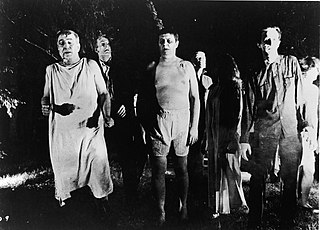
A B movie, or B film, is a type of cheap, poorly made commercial motion picture. Originally, during the Golden Age of Hollywood, this term specifically referred to films meant to be shown as the lesser-known second half of a double feature, somewhat similar to B-sides in recorded music. However, the production of such films as "second features" in the United States largely declined by the end of the 1950s. This shift was due to the rise of commercial television, which prompted film studio B movie production departments to transition into television film production divisions. These divisions continued to create content similar to B movies, albeit in the form of low-budget films and series.
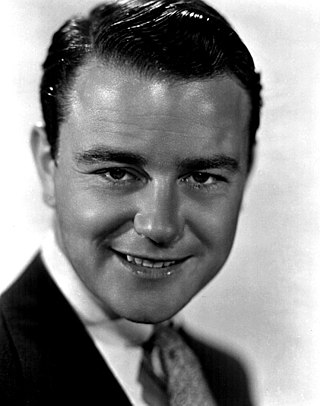
Lewis Frederick Ayres III was an American actor whose film and television career spanned 65 years. He is best known for starring as German soldier Paul Bäumer in the film All Quiet on the Western Front (1930) and for playing Dr. Kildare in nine films. He was nominated for an Academy Award for Best Actor for his performance in Johnny Belinda (1948).

Serpico is a 1973 American biographical crime drama film directed by Sidney Lumet and starring Al Pacino in the title role. The screenplay was adapted by Waldo Salt and Norman Wexler from the book written by Peter Maas, with the assistance of its subject Frank Serpico. The story details Serpico's struggle with corruption within the New York City Police Department during his eleven years of service, and his work as a whistleblower that led to the investigation by the Knapp Commission.
This is an overview of 1924 in film, including significant events, a list of films released and notable births and deaths.

David Royston Bailey is an English photographer and director, most widely known for his fashion photography and portraiture, and role in shaping the image of the Swinging Sixties. Bailey has also directed several television commercials and documentaries.
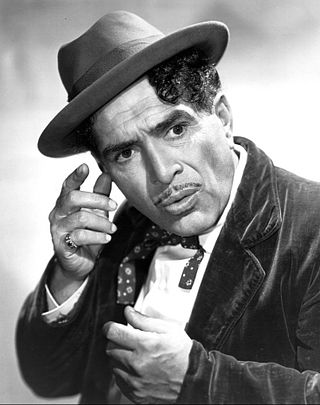
Joseph Patrick Carrol Naish was an American actor. He appeared in over 200 films during the Golden Age of Hollywood.

Theresa Lynn Russell is an American actress whose career spans over four decades. Her filmography includes over 50 feature films, ranging from mainstream to independent and experimental films.
Double exposure is the outcome of overlaying an image on a previously exposed film, either deliberately or accidentally.

Thoughtography, also called projected thermography,psychic photography,nengraphy, and nensha(Japanese: 念写), is the claimed ability to "burn" images from one's mind onto surfaces such as photographic film by parapsychic means. While the term "thoughtography" has been in the English lexicon since 1913, the more recent term "projected thermography" is a neologism popularized in the 2002 American film The Ring, a remake of the 1998 Japanese horror film Ring.

Mars Attacks! is a 1996 American science fiction black comedy film directed by Tim Burton, who also co-produced it with Larry J. Franco. The screenplay by Jonathan Gems was based on the Topps trading card series of the same name. The film features an ensemble cast consisting of Jack Nicholson, Glenn Close, Annette Bening, Pierce Brosnan, Danny DeVito, Martin Short, Sarah Jessica Parker, Michael J. Fox, Pam Grier, Rod Steiger, Tom Jones, Lukas Haas, Natalie Portman, Jim Brown, Lisa Marie, and Sylvia Sidney in her final film role.

Richard Warren Schickel was an American film historian, journalist, author, documentarian, and film and literary critic. He was a film critic for Time from 1965–2010, and also wrote for Life and the Los Angeles Times Book Review. His last writings about film were for Truthdig.

Spirit photography is a type of photography whose primary goal is to capture images of ghosts and other spiritual entities, especially in ghost hunting. It dates back to the late 19th century. The end of the American Civil War and the mid-19th Century Spiritualism movement contributed greatly to the popularity of spirit photography. The omnipresence of death in the Victorian period created a desire for evidence of the afterlife, and those who partook in Spirit Photography oftentimes hoped to receive images that depicted the likeness of a deceased relative or loved one. Photographers such as William Mumler and William Hope ran thriving businesses taking photos of people with their supposed dead relatives. Both were shown to be frauds, but "true believers", such as Sir Arthur Conan Doyle, refused to accept the evidence as proof of a hoax.

Paulus Henrique Benedictus Cox, known as Paul Cox, was a Dutch-Australian filmmaker who has been recognised as "Australia's most prolific film auteur".

Carol Jerrems was an Australian photographer/filmmaker whose work emerged just as her medium was beginning to regain the acceptance as an art form that it had in the Pictorial era, and in which she newly synthesizes complicity performed, documentary and autobiographical image-making of the human subject, as exemplified in her Vale Street.
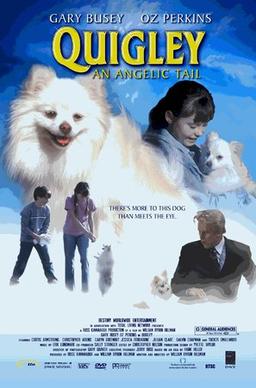
Quigley is a 2003 American Christian comedy film written, directed and co-produced by William Byron Hillman. It stars Gary Busey, Curtis Armstrong, and Oz Perkins, and was released direct-to-video.

The Photographer is a 1974 American thriller film written and directed by William Byron Hillman. The film stars Michael Callan, Barbara Nichols, Harold J. Stone, Edward Andrews, Jed Allan and Spencer Milligan. The film was released on December 5, 1974, by Embassy Pictures.
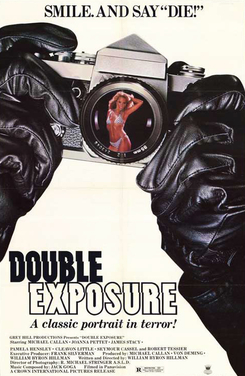
Double Exposure is a 1982 American horror film written and directed by William Byron Hillman, co-produced by Michael Callan, and starring Callan, Joanna Pettet, James Stacy, and Seymour Cassel. It is a loose remake of the 1974 film The Photographer, which was also written and directed by Hillman, produced by Deming, and starring Callan. The film follows a photographer who starts to experience dreams in which he murders the models he photographs.

Psycho from Texas is a 1975 American low-budget horror film directed by Jack Collins and Jim Feazell. The plot concerns a hitman being hired to kill an oil baron, who escapes and runs for his life. The movie was filmed in El Dorado, Arkansas.

















